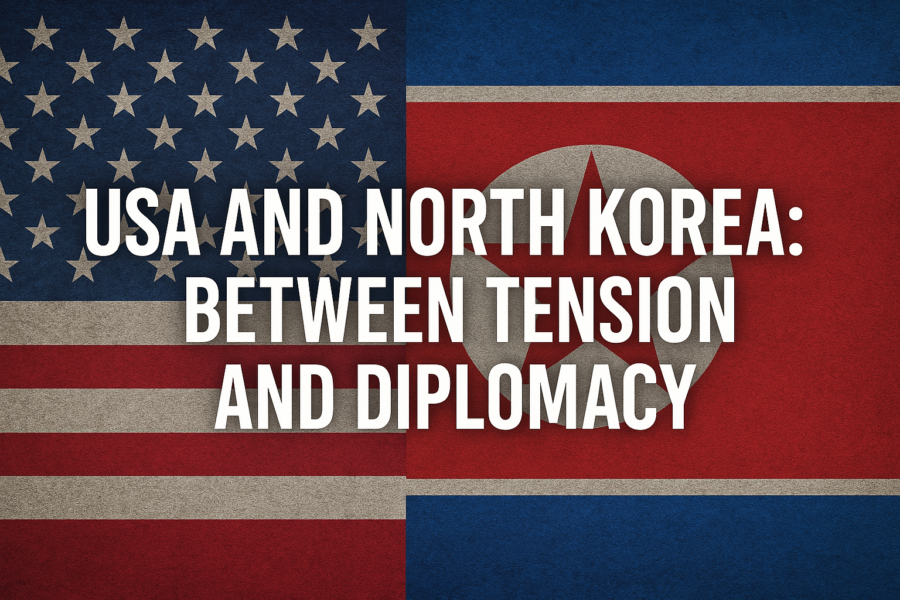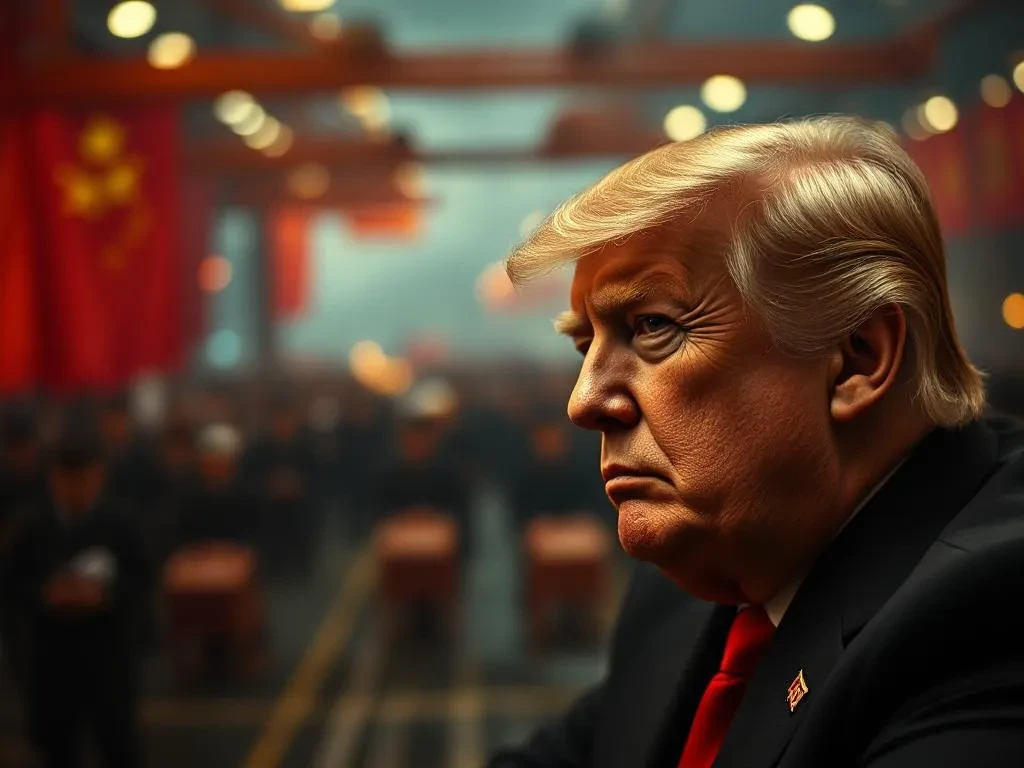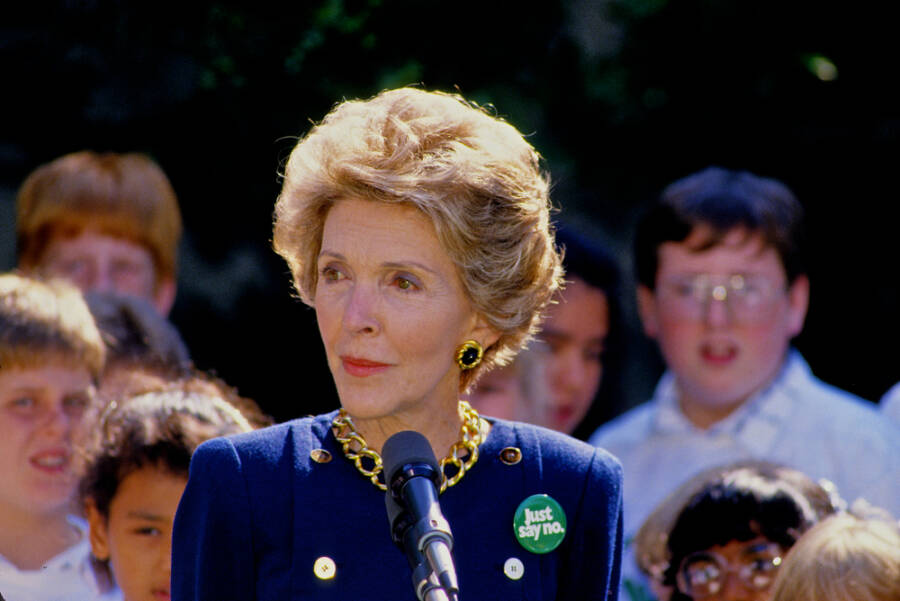The election cycle is upon us again and ever since Congress decided that January 7, 1789, would be the date that states would put forward candidates for the first-ever presidential election, which of course George Washington won on February 4, Americans have enjoyed the democratic process every four years.
Some of the elections in our 245 years old history have thrown up some dramatic events, such as George Bush and Al Gore’s controversial recount in 2000 or more recently the divisive and vitriolic battle between Donald Trump and Hilary Clinton for the White House. However, drama isn’t the only thing the elections have conjured, as over the last century and a half there have been some rather strange strategies, events, and even the odd weird candidates.
So here we are going to look at 10 interesting, and in some cases bizarre, facts you probably didn’t know about our election history.
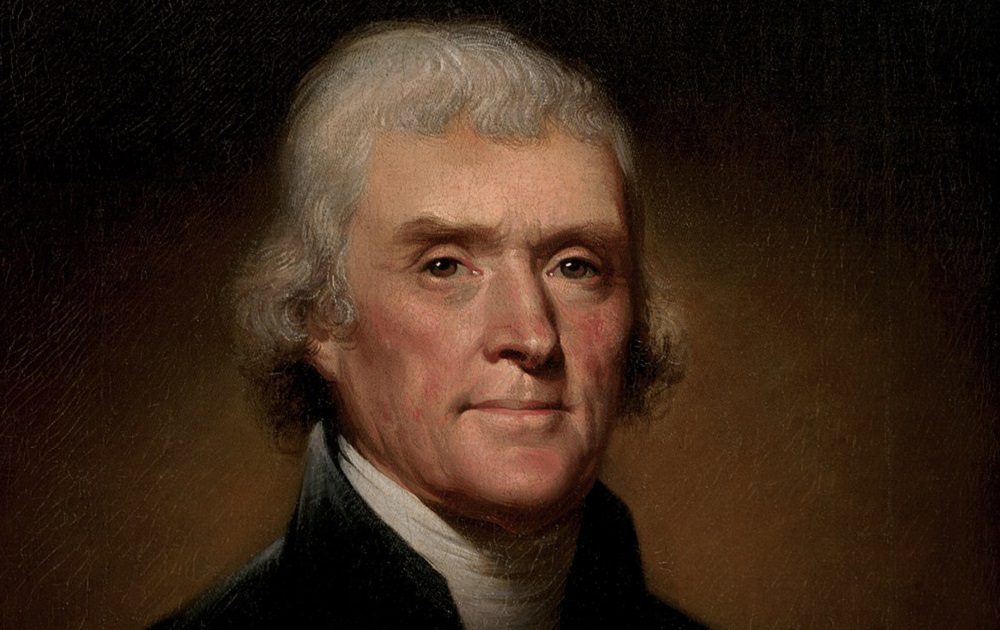
1. A War of Words
When we think of divisive and dramatic elections, it would be easy to think of the 2016 presidential election, where it could be argued that it was contested by two of the most unpopular candidates in U.S. history. Candidates that clearly did NOT like one another. However, when it comes to vitriolic rhetoric, the election of 1800 really takes some beating.
The election was contested between John Adams who wanted a strong and centralized federal government and Thomas Jefferson who wanted, you guessed it, the complete opposite with a weak federal government and more power being vested at the local level. And boy oh boy, they did not mince their words when describing their opponent, with Jefferson calling Adams “a blind, bald, crippled, toothless man who is a hideous hermaphroditic character with neither the force and fitness of a man nor the gentleness and sensibility of a woman.” And Adams called Jefferson “a mean-spirited, low-lived fellow, the son of a half-breed Indian squaw, sired by a Virginia mulatto father.”
2. Prisoner for President?
The recent news that convicted murdered, Andrew Wilhoite, 40, of Lebanon, Indiana, won a local Republican primary election while behind bars might have come as a shock for those who read that incredible story, but it wasn’t the first time an election has been fought from jail by a candidate from Indiana. And this time not a local election, but a run for the presidency.
In the early 1900s, Socialist Party candidate for president Eugene Victor “Gene” Debs ran for the presidency five times. But it was his candidacy in the 1920 election that sees him on this list as he would do it from jail. When the United States declared war on Germany in April 1917, Debs instantly began speaking out against the war and the military draft. The government finally had enough and jailed him in 1918 for a speech he gave in Canton, Ohio, that they felt would promote disloyalty and incite insubordination.
Although the jailbird didn’t win the presidency, Republican Warren G. Harding defeated Democrat James M. Cox in a landslide, he did receive over 900,000 votes.
3. Going Head to Head (quite literally)
When it comes to who will get your vote, most people rightfully concentrate on the policies of the candidate and their stance on certain key issues of the day. And when we do cast our vote we are casting it for a person with a head for politics, right? What if we told you the size and shape of their literal head, not what’s in it, was an important factor in the presidential election of 1884?
The now widely discredited pseudoscience of phrenology, the study of the conformation of the skull as indicative of mental faculties and traits of character, was used by one newspaper to suggest who citizens you give their vote to James G. Blaine as his phrenology clearly showed him to be a man of brains, whereas his opponent Grover Cleveland as a man of beef with his ‘bull’s head.’ Turns out old bull’s head Cleveland won in a closely contested election.
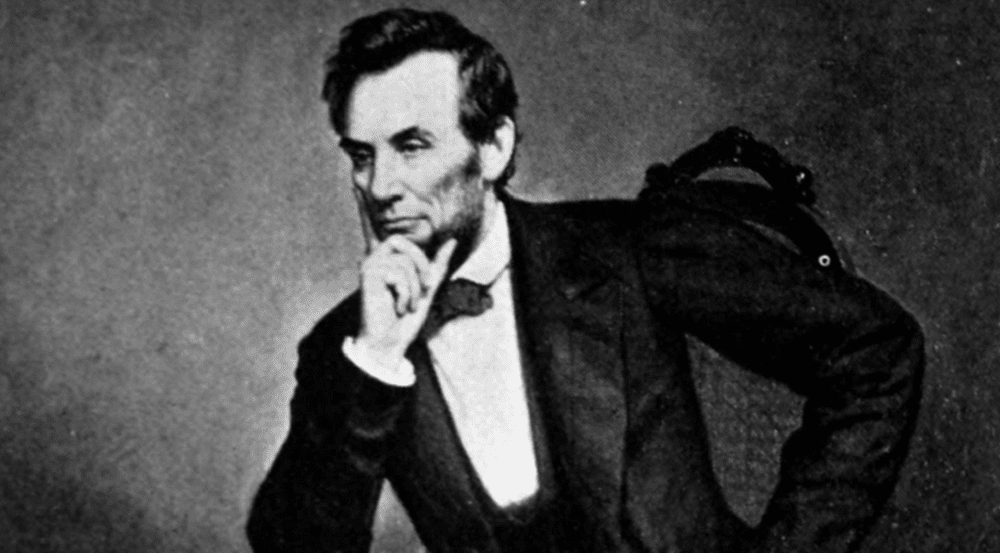
4. The Winner is Written in the Stars
If using the size and shape of the candidate’s heads to decide who to vote for wasn’t bizarre enough in the 1884 election, the election of 1860 had an equally strange way for you to decide who to vote for, their horoscopes.
In a four-way contest between Abraham Lincoln, John C. Breckinridge, John Bell, and Stephen A. Douglas, Broughton’s Monthly Planet Reader and Astrological Journal published four issues featuring engraved portraits of each candidate accompanied by their astrological charts. To help the reader make an ‘informed’ choice, they also added a reading of each man’s horoscope that would determine how successful a candidate might be.
So perhaps the fact that Abraham Lincoln is an Aquarius was the reason he won?
5. Bubblegum Ballot
We’re sure that at one stage or another in your voting life, you have had a sign in your yard, or a bumper sticker on the back of your car promoting the candidate who has your vote, but what about a stick of gum?
While there have been some unusual campaigning paraphernalia over the years, such as campaign buttons being literal buttons or the popularity of political hood ornaments in the 1920s. But Richard Nixon’s successful run for the presidency in 1968 saw a campaigning item that could have ended up with him being called ‘Sticky Dicky’ instead of ‘Tricky Dicky.’ A box of bubblegum cigars!
6. Lighting up the Campaign Trail
Of course, a box of bubblegum cigars is a far cry from the standard buttons, badges, bumper stickers, and flags, but a different craze lit up the presidential elections in the late nineteenth century, paper lanterns. Back in those days, it was popular for the supporters of particular candidates to hold torch-lit processions, this would involve an assortment of paper lanterns being lit and released with the name of the candidate on them.
As amazing as that might have looked, with the sky lit up with glowing lanterns, what is more, amazing is that, more than a century later, a few of these extremely delicate paper lanterns have remarkably survived.
7. Allowing Cats to Vote?
When the movement for women to have the right to vote was beginning to gather steam by the 1840s with the Seneca Falls Convention, organized by Elizabeth Cady Stanton and Lucretia Mott, men were beginning to become concerned about what giving these female troublemakers a vote could mean for American democracy.
And because the suffragettes had a knack for creating powerful memorabilia to promote their cause, the anti-suffrage movement created ceramic pieces with caricature depictions of suffragettes, most popularly in the form of cats, inscribed with the words “Votes for Women” or “I Want My Vote.” These pieces suggested that if women do get the vote, then you might as well give the right to vote to cats as well.
8. A Woman’s Place?
Although women’s right to vote was ratified in the U.S. Constitution as the 19th Amendment on August 18, 1920, up until that point, women had limited voting rights in the 19th and early-20th centuries. The authorities were very concerned that these mere women might get above their station and have their say on issues that they weren’t legally entitled to vote for.
So, in order for them to stay in their lane, the government created two separate ballot boxes for men and women. So if a woman did vote on something she was not supposed to it would be easily noticed and just as easily discarded.
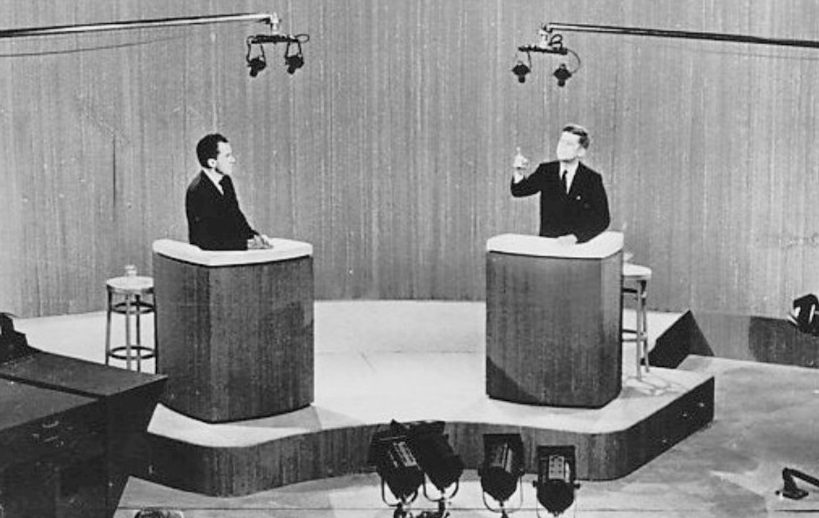
9. The Power of Television?
Before the 1960 presidential election between Senator John F. Kennedy and Vice President Richard M. Nixon, candidates would reach their supporters through the power of radio. And the people who tuned into the debate between the two candidates on the radio on September 26, 1960, felt that Nixon came out on top.
However, those who tuned in to the debate on television, the first-ever televised presidential debate in history, were greeted with a tanned and relaxed Kennedy debating a pale and sweaty Nixon. In a closely contested election, Kennedy would end up victorious with many seeing the power of television as one of the main reasons for his victory.
If you’re interested in reading more about the 1960 presidential election, here’s a book that describes and explains how everything went back then.
10. The Power of Radio?
Radio also had its power before the advent of televised presidential debates, as President Franklin D. Roosevelt showed when he was nominated for an unprecedented third term. Although the presidential campaigns were fought in the pages of newspapers across the nation, Roosevelt decided to bypass them and speak directly to the voters through a series of radio broadcasts that became known as his “fireside chats.”
Through the unprecedented use of radio broadcasts, Roosevelt won a decisive victory over Republican Wendell Willkie and became the first and only president to exceed eight years in office with a third term in office.
You may also want to read These US Elections Were Even Stranger Than Trump’s.



